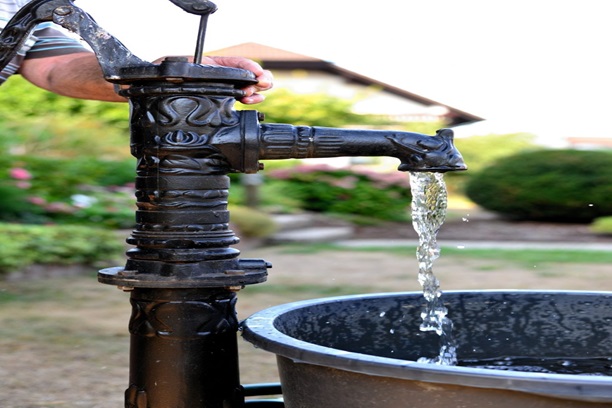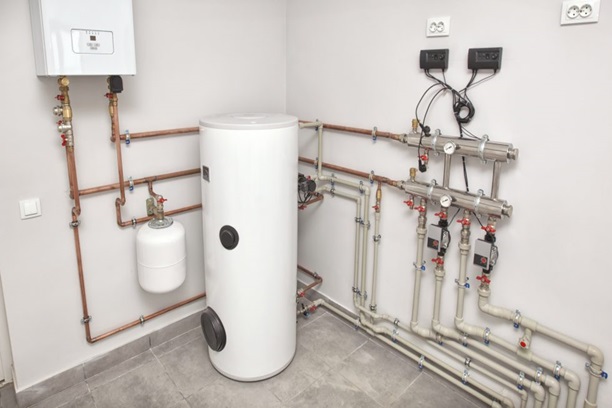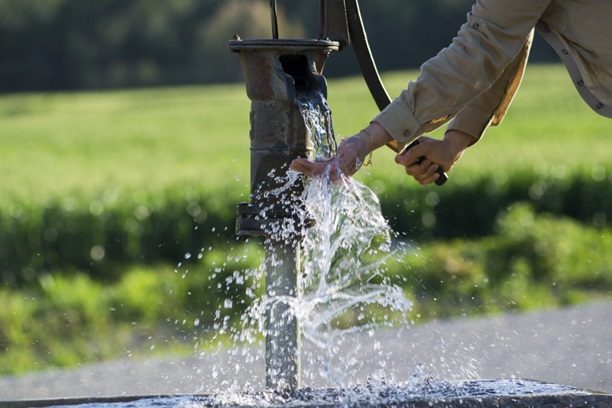In the realm of water sourcing, wells hold a significant role, providing millions of households with access to clean water. However, ensuring the quality of well water requires vigilance and proactive measures. Well water quality can vary depending on various factors, including geological conditions, human activities, and environmental influences. Understanding the essentials of testing and treatment is paramount for safeguarding the health and well-being of those reliant on well water.
The Importance of Testing:
Testing well water regularly is crucial for identifying potential contaminants and ensuring its safety for consumption. Unlike municipal water sources, which are subject to stringent regulations and regular monitoring, well water quality oversight largely falls upon the responsibility of homeowners or well owners. Regular testing provides insights into the chemical, physical, and microbiological composition of the water, allowing for early detection of issues that could pose health risks.
Common Contaminants:
Several contaminants can compromise the quality of well water. These include bacteria such as E. coli and coliform, which indicate fecal contamination and pose serious health risks if consumed. Other contaminants may include heavy metals like lead, arsenic, and manganese, as well as agricultural runoff, pesticides, and industrial pollutants. Understanding the potential sources of contamination in the vicinity of the well can aid in targeted testing and treatment strategies.
Testing Procedures:
Water testing typically involves collecting samples from the well and sending them to certified laboratories for analysis. Testing kits are available for home use, but professional laboratory analysis offers more comprehensive results. It’s essential to follow proper sampling protocols to ensure accuracy, including flushing the system before sample collection and using sterile containers. Depending on local regulations and individual concerns, testing frequency may vary, but annual testing is often recommended.
Treatment Options:
Once testing reveals contaminants in well water, appropriate treatment measures must be implemented to mitigate risks. The choice of treatment method depends on the type and concentration of contaminants present. Common treatment options include:
- Filtration Systems: Filtration systems can effectively remove sediment, particulates, and some contaminants like chlorine and volatile organic compounds (VOCs). Options range from simple sediment filters to advanced reverse osmosis systems.
- Disinfection: Chlorination or UV disinfection can eliminate bacteria, viruses, and other pathogens in well water, ensuring its microbiological safety. Regular maintenance and monitoring are essential to sustain disinfection efficacy.
- Water Softeners: Well water often contains elevated levels of minerals like calcium and magnesium, leading to hardness. Water softeners can alleviate scaling issues caused by hard water, prolonging the lifespan of plumbing fixtures and appliances.
- Reverse Osmosis: This advanced treatment method effectively removes a wide range of contaminants, including heavy metals, nitrates, and fluoride, by forcing water through a semi-permeable membrane.
Conclusion:
In conclusion, ensuring the quality of well water requires a proactive approach encompassing regular testing and appropriate treatment measures. By understanding the essentials of testing procedures and treatment options, homeowners can safeguard their health and well-being while enjoying the benefits of clean, reliable well water. Remember, water quality can change over time, emphasizing the importance of ongoing monitoring and maintenance to preserve the integrity of well water sources.




